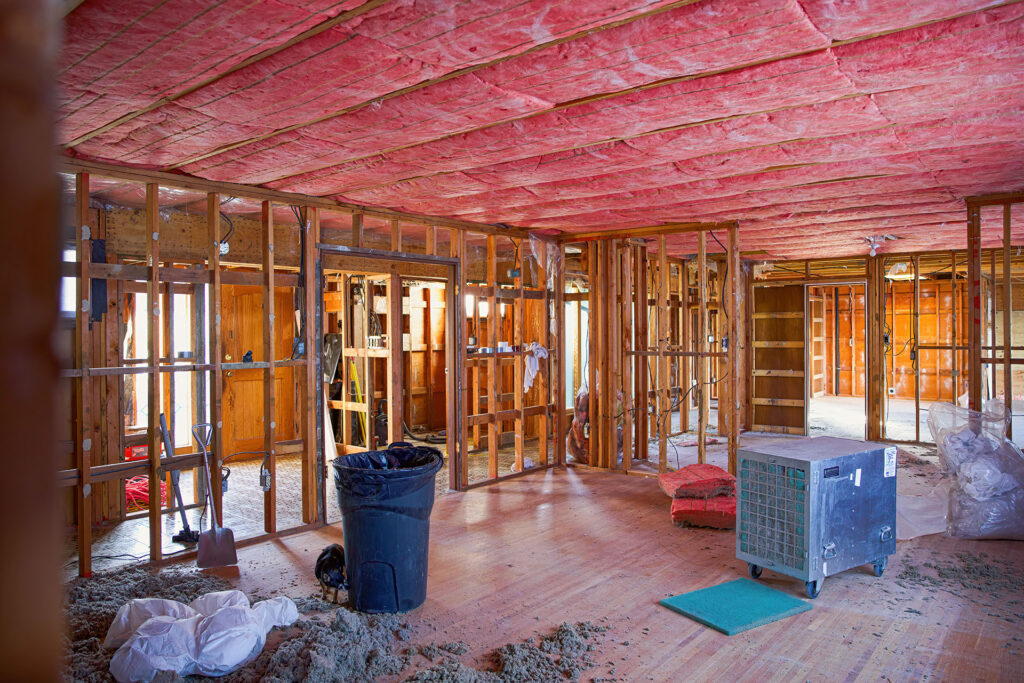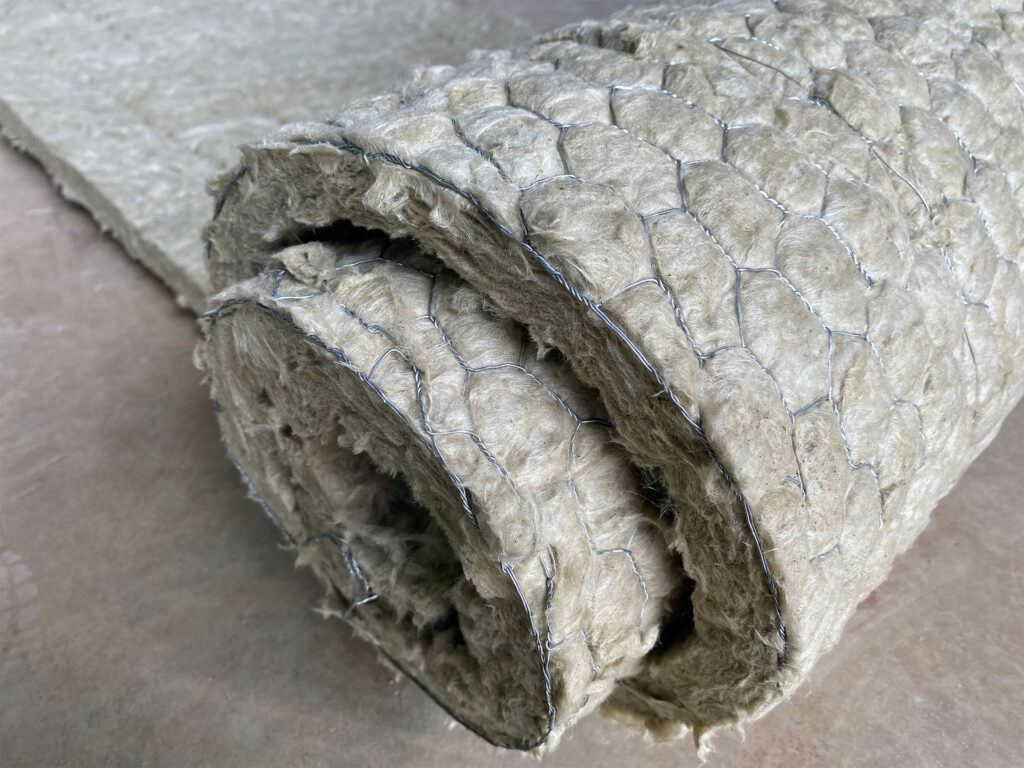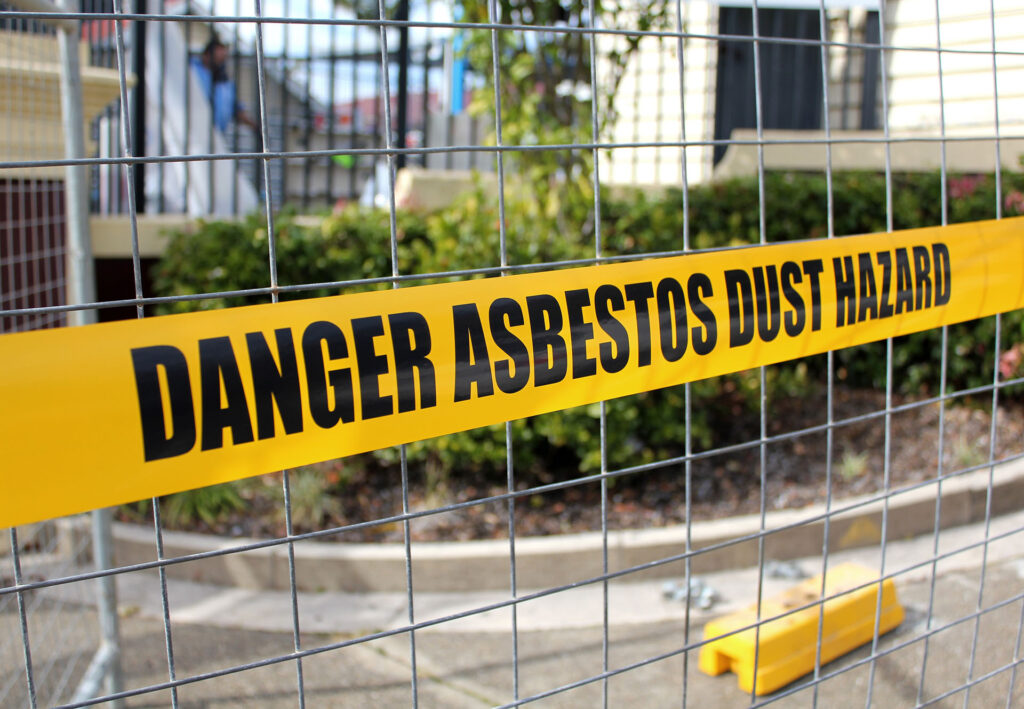Asbestos is a banned material in many leading countries including the United States, the United Kingdom, and Australia. The life-threatening nature of the material and its role in causing cancers has been widely researched and documented by leading medical and scientific establishments.
Over the course of years, most national governments have come up with their list of regulations for the removal and disposal of asbestos that are still present in societies. A conscious and concerted attempt is being made to ensure that the same is done according to stringent norms, protocols, and processes.
In this article, we are going to look at some of the common dangers of asbestos for public health. We are also going to discuss the top seven regulations that govern the handling and disposal of asbestos.
Why is Asbestos Dangerous for Humans according to Experts?
What most people do not seem to understand is that asbestos if it is sitting stationary is not dangerous. The dangers come into being when asbestos is disturbed and the same causes the release of fibers of asbestos.
These fibers when inhaled enter the respiratory cavity and digestive tracts. Over there, they get trapped and start to attach themselves to the lining of the internal organs.
This causes the muscles, nerves, and other tissues of the organs to get disturbed and swell up. Over time, this leads to the onset of deadly cancers.
There are two types of states of asbestos you need to know about-
- Friable Asbestos-
Friable asbestos is a form of material where it simply crumbles in hand. You need to know that at this stage, asbestos is at its most dangerous. Crumbling easily releases the harmful fibers, which can then easily get inhaled.
- Non-Friable Asbestos-
In this state, the asbestos is in a much solid-state and does not easily crumble. Flooring (please note that vinyl flooring can often be friable asbestos), roofing, and other construction aspects are done from non-friable asbestos.
One important thing that you should remember is that over time, wear and tear can cause non-friable asbestos to become friable in nature and release fibers. Rain, wind, sunlight, and other external actors can act on the same, leading to a change of state.
List of the Top 6 Regulations that Govern the Handling and Disposal of Asbestos Safely
- Only Certified Professionals can engage in removal and disposal-
Businesses and companies that are engaged in the removal and disposal of asbestos need to have their licenses and certifications issued from the government authorities and regulators. Individuals who are contacting such companies should check for their licenses. - Project Planning and Assessment-
Any asbestos removal and disposal project needs to begin with proper planning and assessment. This is where the professionals will come into your home or premises and check for possible asbestos contamination through testing, drilling and other methods. - Preparation of the Asbestos Area-
Once asbestos has been found in varying quantities, the said area needs to be sealed off using plastic sheets. The area should be marked and warning signs should be put up to inform neighbours and other people in the vicinity to take adequate safety measures. - Following Safety Protocols-
Care should be taken to ensure that the air conditioning and other ventilation systems are properly turned off. If they are not, then the fibers would be circulating in the atmosphere and stand the chance to be inhaled by the individuals present. - Wetting of the Asbestos during Removal and Disposal-
We have already mentioned that wetting fibers, makes them heavy and does not allow them to be airborne. Wearing respirators, PPE kits, workers remove the asbestos and put it in plastic bags. - Decontamination Procedures and Protocols-
Once the asbestos has been safely wrapped it is transported to a classified landfill. After the disposal, workers need to carefully remove their PPE, masks, respirators and clean themselves so that their are no traces of asbestos on them.
The Final Word
According to the World Health Organization, nearly 110,000 people die every year from asbestos-related illnesses every year in the world. This means that this one material has been responsible for millions of deaths.
Their is a reason why countries and regulators take the removal and disposal of asbestos so seriously. If you wish to know more about regulations pertaining to asbestos removal and disposal, let us know in the comments section below.




